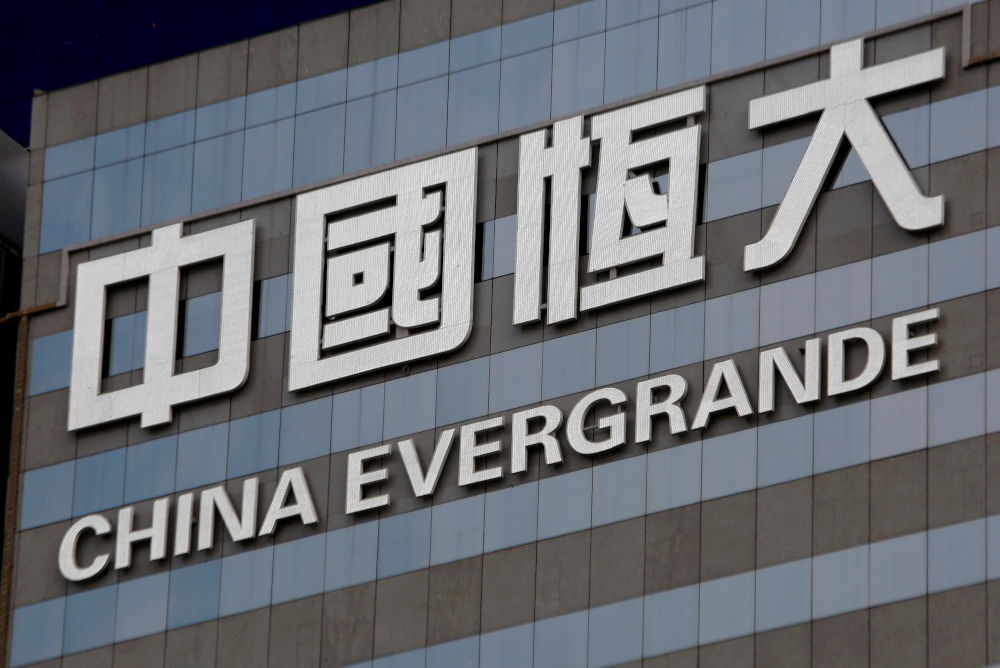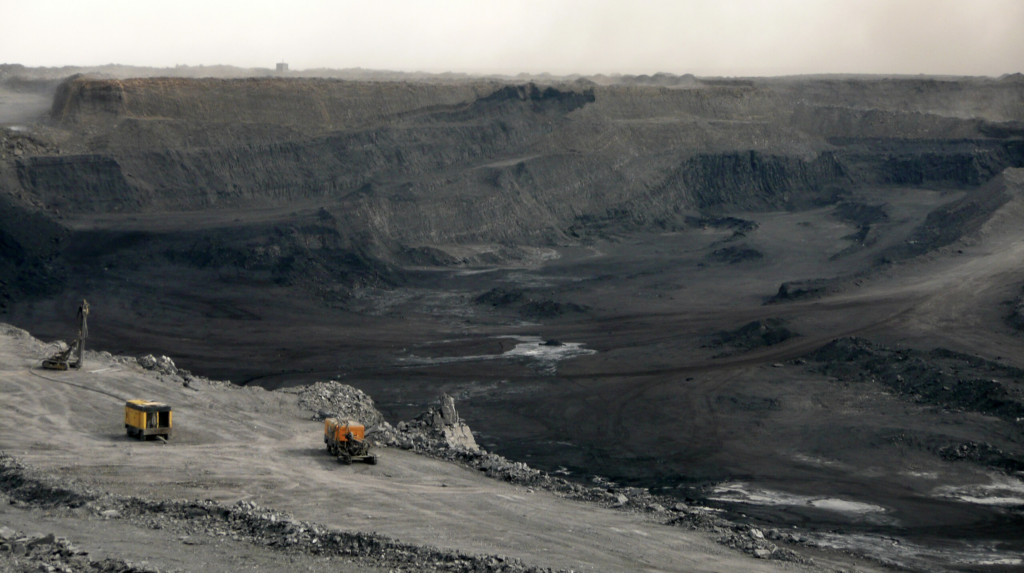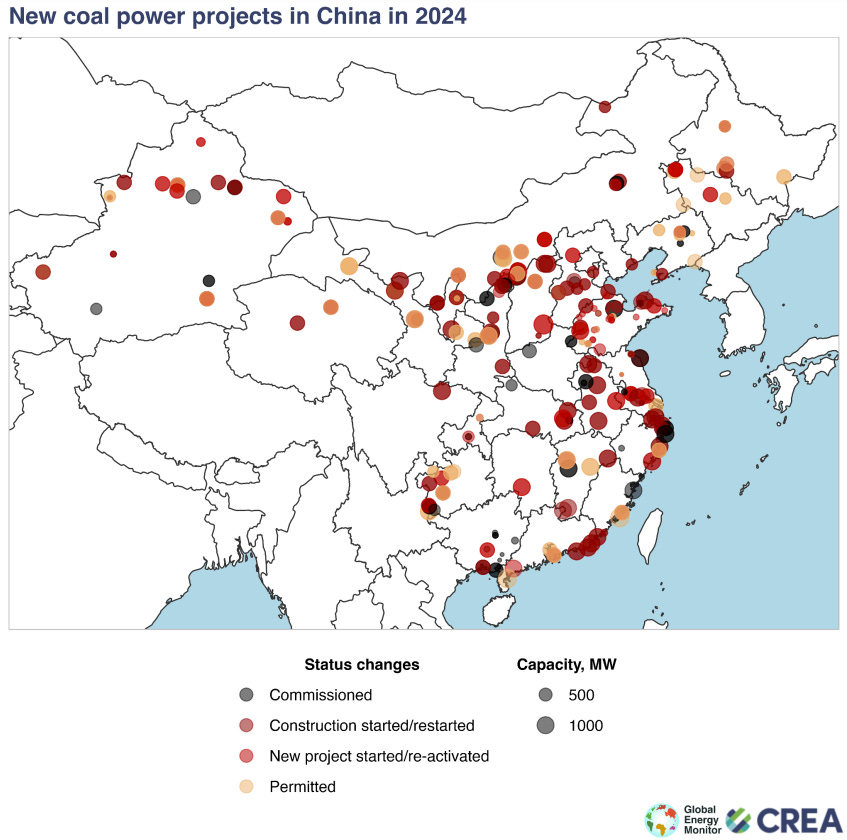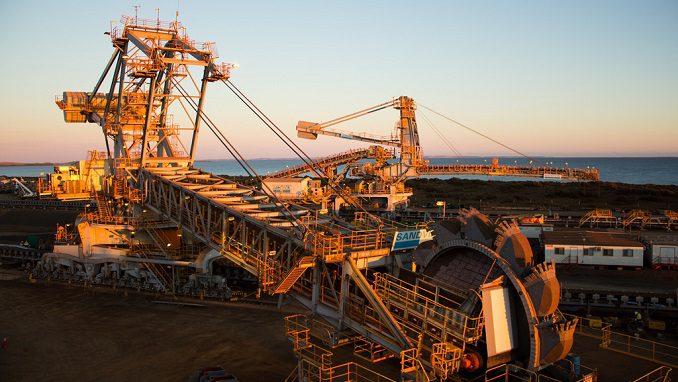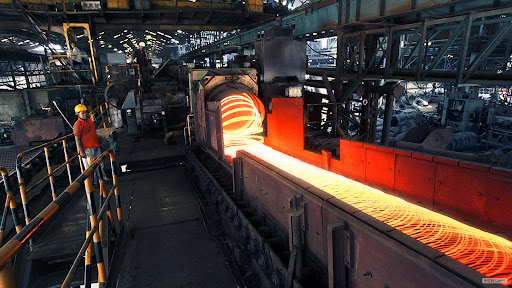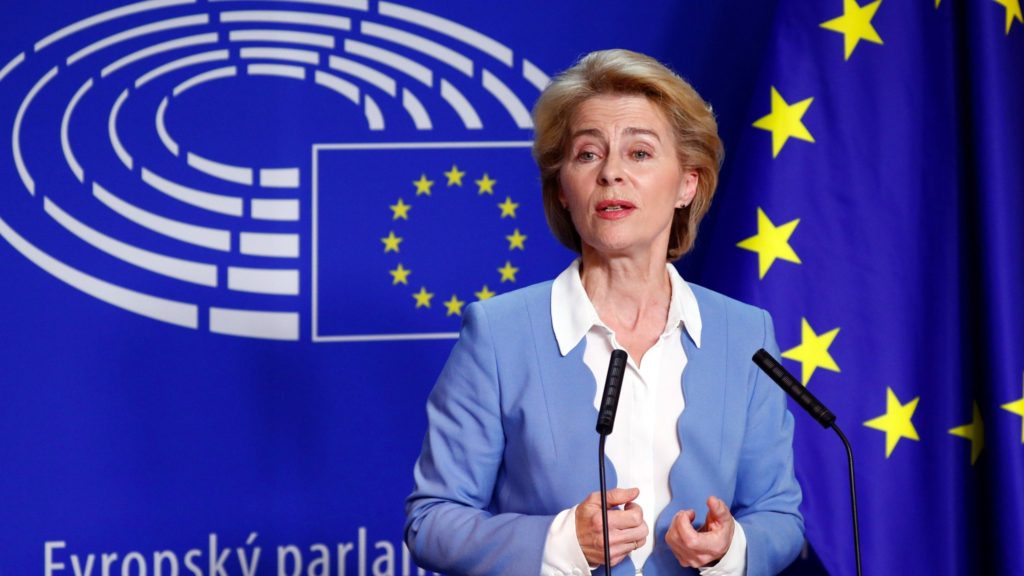Global steel demand growth will continue to be very sluggish in 2024-25 amid deteriorating market conditions, says the OECD Steel Committee. Steel firms need to absorb higher costs while facing weak demand and surging imports due to global excess capacity.
Demand for steel fell by 3.3% in 2022 and recovered by only half this amount in 2023 as higher interest rates worldwide continue to depress construction activity and investment. High and persistent inflation is meanwhile reducing spending on steel-intensive durable goods and has led to higher raw material costs for steel firms since June 2023, the committee noted following its 95th session in late March.
World crude steelmaking capacity in 2023 is now estimated at 2.439 billion tonnes, exceeding production by 552 million tonnes. Around 23mt of potential new capacity growth in ASEAN during 2024-26 is through cross-border investments or joint venture investments.
China has made significant progress in limiting domestic crude steelmaking capacity growth. “Still, in addition to growing Chinese investment in Southeast Asia, there is growing concern that substantial financial incentives in China, such as tax benefits, grants, and research funding, are encouraging the capacity of higher value-added steel products. This implies that excess steel production capacity is ‘moving up the value chain’, seen in the recent shift in the composition of exports of Chinese steel and steel-using downstream products over the last years,” committee chair Ulf Zumkley says in a note seen by Kallanish.
A new committee study shows that the use of subsidies per unit of steel producing capacity in the form of cash grants has increased fivefold in non-OECD economies that are not members of the Steel Committee from 2005 to 2021. Subsidies in the form of below-market financing – soft loans – have doubled. Each $1 million of subsidies through grants is associated with capacity increases of about 7-11 million tonnes in the non-OECD area.
Steel trade dynamics underwent significant changes in 2023, marked by a 40% increase in China’s steel exports compared to the previous year, while Southeast Asian exports also grew amid capacity increasing faster than demand. This could lead to more widespread usage of trade defence instruments.
By Adam Smith Poland
Source: Kallanish


